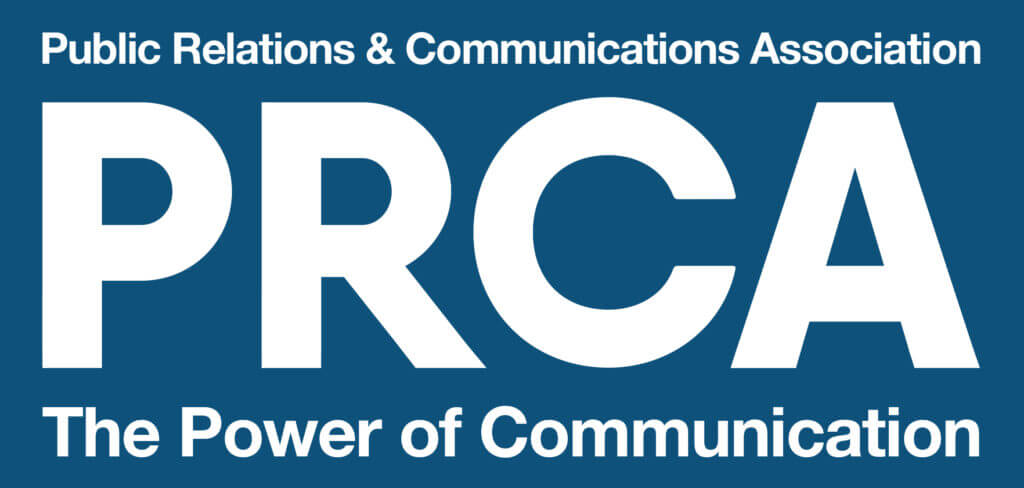First emerging as something resembling gibberish for most, SEO is now on the lips of every marketer and PR manager, as well as every large enterprise executive and entrepreneur. But while the acronym is frequently thrown about in conversation, understanding how SEO can impact a business’s PR, marketing and communications activities – and even its bottom line – often eludes us.
Good content means good results
Like many, I understood the term as some sort of wonderful tech jargon that referred to a digital strategy that was part data and part magic. That is, until a recent workshop on how to successfully implement SEO in my world – a world of PR, marketing and communications – then the penny dropped. SEO is simply a search engine’s way of pushing us to be better communicators.
When considered from this perspective, SEO loses its overwhelming mystique and becomes something that can be practically considered, implemented and measured. It is something that forces us to think about the content we create, who we create it for, and how we can get our message across effectively.
The algorithms used to analyse pieces of online content and rank these, are not created for the entertainment of an equation-obsessed software engineer. They are created to make sure online searches deliver useful results to us as consumers.
Putting our words into action
What this means for those of us in the content creation industry, is that using this to guide us, will enable us to create better, more useful and original content.
With this in mind, keywords undergo a facelift from sneaky phrases or words thrown into a press release or web page because they attract a lot of online attention, to carefully considered words that are included because they relate directly to a business’s core message. No longer is the concept of density and propensity about systematically cramming as many of these keywords into content with no attention given to the overall meaning or readability; it is about making sure that your key messages naturally appear first, and most often as this is what the consumer or reader is interested in. Adding links in content is not about catching unsuspecting readers and redirecting them to your website; it’s about offering additional information that will be of value because of its relevance.
Most industries love a good TLA (three-letter acronym) and endless jargon. But if we just let go of this for a moment and take a step back, we can see that successfully implementing SEO as part of a marketing or PR campaign is not about ticking the box. Instead, SEO is simply reminding us to give our writing the care and consideration it deserves.
SEO is challenging us all to be efficient, clear and engaging communicators – and this can only be good news for the content we create and the online audiences who consume it.
For some digital campaign inspiration, view DUO Marketing + Communications case studies.


